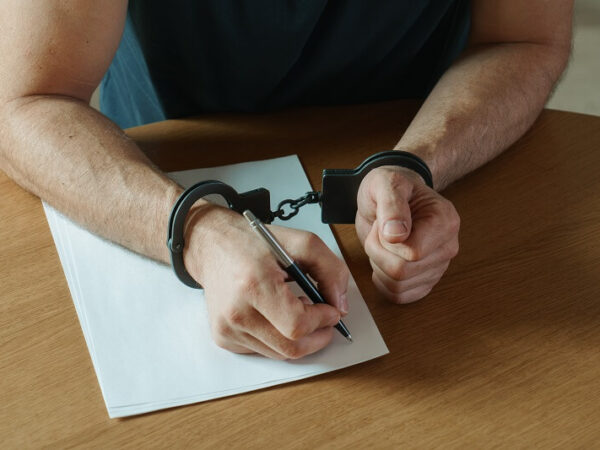ETIAS forms were designed to be simple. After all, it’s a visa waiver, not a visa, and the goal is to facilitate fast and secure travel throughout the Schengen Zone. However, there are times when an ETIAS application might be rejected, and when those rejections occur, things can get complicated.
But when the application process is so short and simple, what could possibly trigger a rejection?
An Incomplete or Invalid Application
More often than not, form rejections and the red tape that follows are the result of simple omissions. The same is true for the ETIAS process, although in this case, an omission will typically lead to a request for more information and not an outright rejection.
If that request is ignored, however, the applicant will be denied after 10 days.
The ETIAS application is very short and easy. You don’t need a lot of information and the process is clear with regards to what is required. Take your time, pay attention, and double-check to ensure that you have entered the correct information.
A Suspicious Application
If there are suspicions that the ETIAS application is incorrect or fraudulent, it could be rejected.
The ETIAS was designed to prevent dangerous travelers from moving freely throughout the Schengen Zone and so it uses pretty rigid checks to ensure that those travelers aren’t given access.
As is so often the case, criminals will try to hide their information or use fraudulent documents to circumvent these checks and gain access. If there are any suspicions that you are using fake documents—whether those suspicions are justified or not—then your ETIAS application could be rejected.
As with the above, you can prevent such issues by double-checking your information and making sure it’s correct. It goes without saying that you must also use your own documents and should never try to cheat the system.
An SIS Alert
Travelers who have previously been flagged by the Schengen Information System (SIS) may be refused access.
Such issues may occur if you have been refused access to a European country or have overstayed a previous ETIAS or visa. Access will also be refused to anyone who is deemed to be a security risk, and the ETIAS pays special attention to the following:
- Suspected and Convicted Criminals: If you have been convicted of a serious crime, your ETIAS application could be rejected. It may also be rejected if you have been suspected of committing a crime and your details have been recorded on one of the databases used by the ETIAS.
- Known Terrorists: One of the main goals of the ETIAS program is to prevent terrorists from accessing the Schengen Zone and traveling freely throughout its borders. As a result, anyone who has been convicted of terrorism, suspected of terrorism, or known to be part of a terrorist group will be refused access.
- Immigrants: The ETIAS is not a visa, and it does not grant long-term access. If authorities have reason to suspect that you’re using the ETIAS to gain access and then remain, with no intention of returning home within the specified timeframe, they will refuse the application.
- Travelers Deemed to be a Health Risk: The ETIAS was first proposed in 2016, even though implementation wasn’t planned until late-2022. A lot has happened in those interim years and the threat of contagion is now at the top of everyone’s agenda. As a result, an ETIAS application may be refused if someone is deemed to be at risk of spreading an infectious disease such as COVID-19.
An Invalid Passport
Your passport needs to be valid at the time of your application and must have at least 3 months of validity remaining. If not, the application will be refused.
It could also be refused if the passport has been reported as lost or stolen. The same is true for other travel documents.
A Missed Interview
Most ETIAS applications are completed and verified automatically. On some occasions, a manual review will be conducted, and the applicant may be asked to attend an interview over the phone or via a video link. Refusal to attend this interview will lead to a rejected application.
What To Do If Your ETIAS Is Rejected
If your ETIAS application has been rejected, it’s not the end of the world and you still have some options.
In the first instance, you can appeal the decision and try to get it overturned. More information on ETIAS appeals is available from the ETIAS National Unit of the nation where the application was made.
At this point, you will know why the application was refused and can make the necessary amendments. If there were any mistakes or omissions, correct them. If there was a security issue, request more information and provide supporting evidence. If you have a genuine reason to appeal the rejection and there are no major security risks or other issues, the second application should go smoothly.




